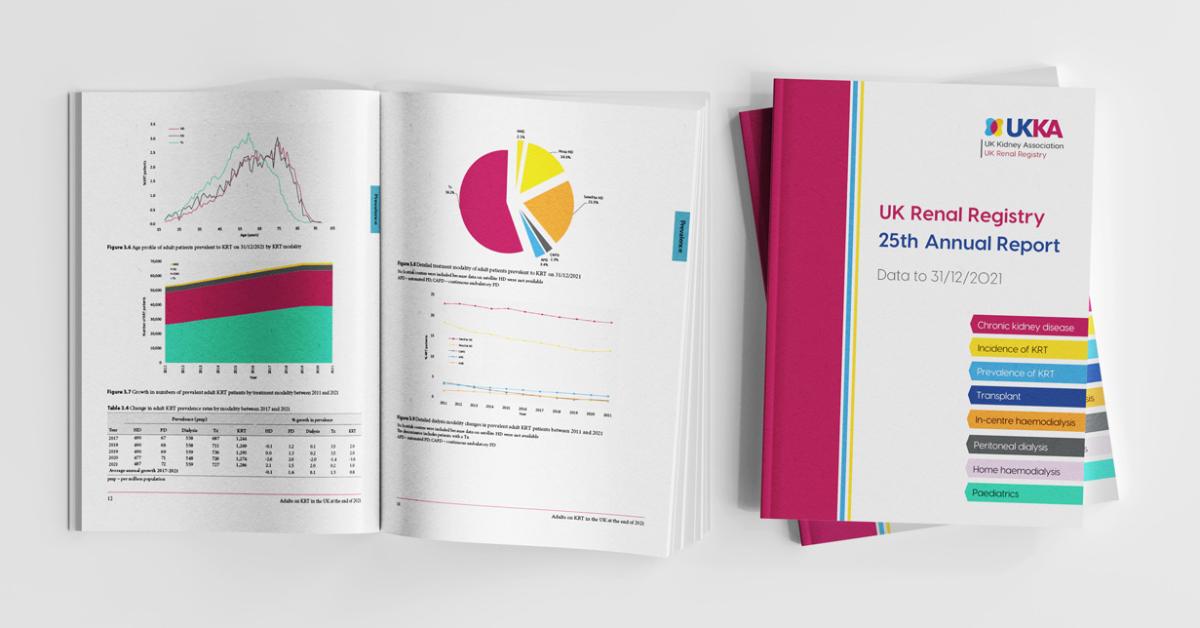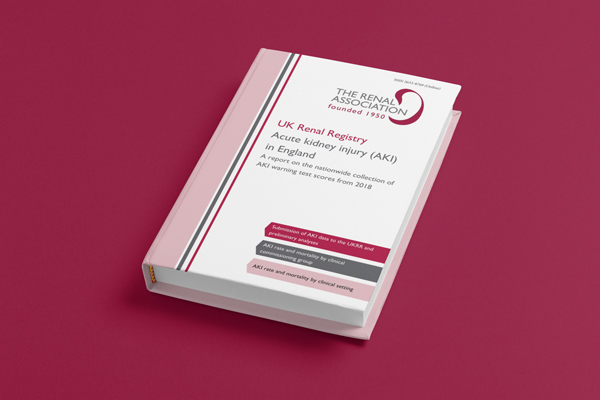Clinician Information
Systemic lupus erythematosus (SLE) is a multisystem autoimmune disease. Prevalence in the UK is 27/100,000. The average age of diagnosis is 28 years, although all age groups may be affected, and it occurs over six times more in women than in men. Renal involvement is present in one-third of SLE patients and is the most common serious SLE manifestation. The development of nephritis poorly prognosticates ESRF and mortality, however there is considerable variation in presentation, course and outcome.
Patients with lupus nephritis may present with asymptomatic microscopic haematuria, proteinuria, hypertension or nephrotic syndrome. Patients can also present more acutely with acute renal failure, myocarditis, cerebritis. Extrarenal organ involvement should be considered.
Lupus activity scores can be calculated using SLEDAI (looking at the prior 10 days), SLEDAI-2K and the BILAG index, amongst others. The SLE responder index-4 response (SRI-4) has been used as a primary efficacy end point in SLE trials and there is interest in newer more stringent end-points such as LLDAS (lupus low disease activity state) or DORIS (Definition of Remission in SLE).
It is important to evaluate the patient’s renal function (glomerular filtration rate), proteinuria, haematuria and blood pressure. Serologically, autoantibodies to dsDNA, Sm, Ro and C1q can be seen and serum levels of C3,C4 are frequently reduced.
Clinical features do not predict severity on renal biopsy. A renal biopsy should be considered with decreased/decreasing eGFR, abnormal proteinuria or urinary sediment. The histological appearances of glomerular disease have been classified according to the pattern and extent of immune deposition and inflammation. Mesangial cell proliferation, expansion of the mesangial matrix, infiltration of inflammatory leucocytes can occur. Positive staining for IgG, IgM, IgA and C3,C1q and C4 can be seen on immunofluorescence. WHO class II lupus nephritis has a benign course normally. WHO class III lupus nephritis normally exhibits mesangial and subendothelial deposits. Immune deposits in the mesangial, subendothelial and subepithelial space, involving >50% of glomeruli suggests a WHO class IV lupus nephritis. Both WHO class III and class IV require immunosuppressive treatment. Class V lupus nephritis typically shows membranous nephropathy and subepithelial immune complex deposition. Mixed classes can be seen on biopsy. Glomerular and/or tubule interstitial fibrosis on renal biopsy are important predictors of renal failure and patients with WHO class VI nephritis do poorly for this reason. Activity and chronicity incides of renal biopsy specimens are used to assess whether treatment should be intensified.
Infarction of glomerular segments, thrombotic microangiopathy, vasculitis, tubulo-interstitial nephritis, renal vein thrombosis and renal artery stenosis can all also be seen.
Thrombotic manifestations are associated with autoantibodies to phospholipids, which are detectable as circulating anticardiolipin autoantibodies or the lupus anticoagulant.
All patients should be treated with hydroxycholoroquine or an equivalent antimalarial unless contraindicated. Current treatment of WHO class III/IV lupus nephritis is with corticosteroids and an immunosuppressive agent such as intravenous cyclophosphamide, mycophenolic acid analogs, mycophenolic acid analogs with CNI inhibitors, volclosporin or tacrolimus, or a combination of belimumab or rituximab with mycophenolic acid or cyclophosphamide The optimum duration of treatment is not known, but is continued for at least 3 years. Following treatment, normalisation of proteinuria and the absence of relapse of nephritis are the best predictors of a good outcome. Negative prognostic factors include male gender, black race and haematological features of SLE. Thrombotic microangiopathy should be managed according to the underlying aietology of TMA. Class V treatment practices vary.
Disease activity at conception is important – fetal loss is greater in women with active disease at this time. Management by a specialist team before conception and during pregnancy is important in optimising fetal and renal outcome
Important trials within the field of lupus nephritis include EUROLUPUS in 2022 (high vs low dose cyclophosphamide), ALMS trial (MMF vs IV cyclophosphamide), LUNAR (rituximab), RITUXILUP (rituximab), BLISS-LN (addition of belimumab), AURORA 1 (voclosporin) and the NOBILITY trial (phase 2 trial investigating Obinutuzumab)
Ongoing studies (industry-sponsored) include:
- Sirius-LN, sponsored by Novartis, investigating Ianalumab, opened in 14-07-2022
- Sanctuary- sponsored by Alexion, investigating Ravulizumab, opened in 11-12-2020
- ALXN2050-sponsored by Alexion- investigating ALXN2050 (factor D inhibitor), opened on 14-01-2022
- Regency- sponsored by Roche- investigating Obinutuzumab- opened on 10-08-2020
- Posterity- sponsored by Roche- investigating Obinutuzumab in adolsecents (age 12-18)- opened on 12-05-2022
Recently completed studies (academic-sponsored) include:
- Beat Lupus- Professor Michael Ehrenstein- University College London Hospital- Belimumab after B cell depletion. https://www.ucl.ac.uk/comprehensive-clinical-trials-unit/research-projec...
Adapted from doi:10.1383/medc.31.7.101.28483 (thanks to Jane Cross & Prof David Jayne). Trial section adapted from Dr Michael Robson




